
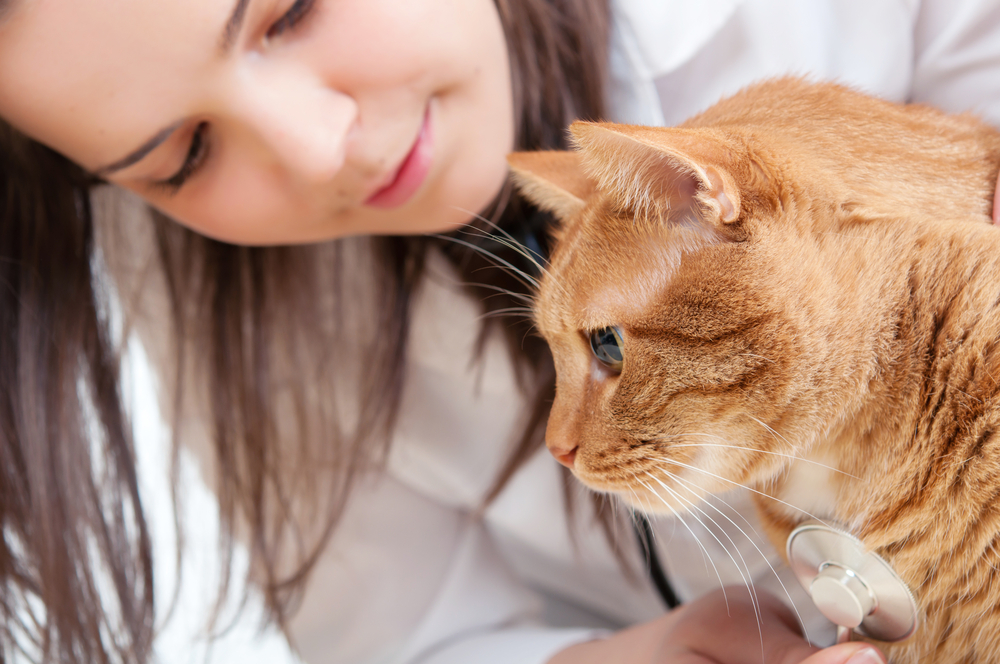
The sternum, or chest bone, is a long flat bone located in the center of the thorax, and the costal cartilages are the cartilages that connect the chest bone with the ends of the ribs. In pectus excavatum, the sternum and costal cartilages are deformed, resulting in a horizontal narrowing of the chest, primarily on the posterior side. In appearance, the middle of the chest appear to be flat or concave, rather than slightly convex.
There is a genetic predisposition in some cat breeds, but pectus excavatum can occur spontaneously in any breed. The condition may not be obvious until several weeks after birth unless it is a severe form.
You will need to give your veterinarian a thorough history of your cat's health, any information you have of its parentage and genetic background, and the onset of symptoms. Routine laboratory tests will include complete blood tests, biochemical profiles, and a urinalysis.
Your veterinarian will conduct multiple x-rays of the thoracic cavity to confirm the diagnosis of pectus excavatum. These x-rays will reveal the actual deformities and related structural abnormalities. In some patients, the heart may be shifted from its normal place on the left side of the thoracic cavity. Abnormalities and concurrent diseases related to the respiratory system will also be visible on x-rays. Echocardiography (ECHO), a sonographic image of the heart, will be used to further evaluate the heart, its functioning ability, and possible cardiac defects.
Surgery remains the only treatment option for repairing this deformity. However, if the disease is mild and your cat only has a flat chest, then it may be improved without surgery. In such cases, your veterinarian will instruct you in manually compressing the chest in such a way that will encourage the sternum and costal cartilages to take on a more convex shape. In some patients, a splint application will work to reduce the mild defects. However, in cases of moderate or severe inward sinking of the sternum, surgery is indicated for correction of the defects. The technique used by your veterinary surgeon will depend on your cat's age and the extent of the problem. Patients with respiratory problems that are directly related to this condition generally improve substantially after surgery and will start breathing comfortably.
Prognosis is very poor for severely affected patients, but a timely intervention and reparation at an early age may help improve the prognosis. Follow your doctor's guidelines for physical therapy at home if your cat has a mild form of the condition.
After surgery, your cat may feel sore and will need proper rest in a quiet place, away from other pets and active children. You might consider cage rest for a short time, until your cat can safely move about again without overexertion. Your veterinarian will also prescribe a short course of pain killers until your cat has fully recovered, along with a mild course of antibiotics, to prevent any opportunistic bacteria from attacking your cat. Medications will need to be given precisely as directed, at the proper dosage and frequency. Keep in mind that over dosage of pain medications is one of the most preventable causes for death in household animals.
To make the recovery period easier for your cat, place a litter box close to where your cat is resting so that it does not need to make a lot of effort, and the feeding dishes as well. While you will want to give your cat as much peace as possible, you will need to check in on your cat frequently, observing its breathing pattern and rate. If you see any abnormality in your cat's breathing, in the movement of its chest, or in its behavior, immediately call your veterinarian.
Image: mtr via Shutterstock
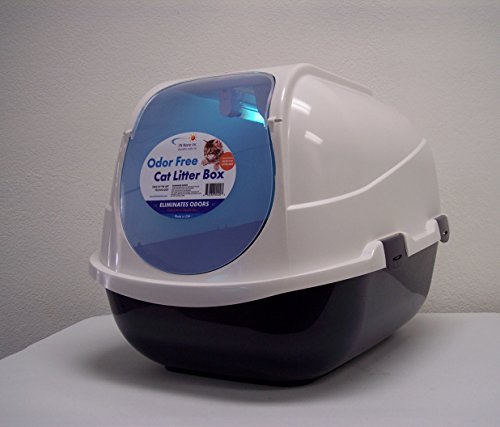 Litter Box Smell Solution
I have a cat, and as much as
Litter Box Smell Solution
I have a cat, and as much as
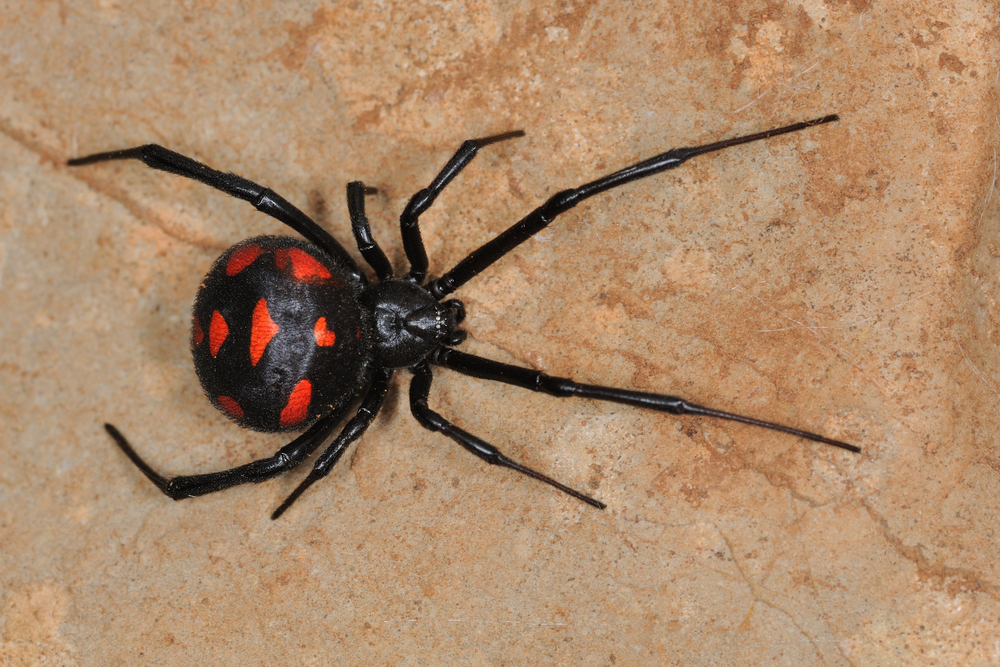 Black Widow Spider Bite Poisoning in Cats
Black Widow Spider Venom Toxicosis in Cats
The bl
Black Widow Spider Bite Poisoning in Cats
Black Widow Spider Venom Toxicosis in Cats
The bl
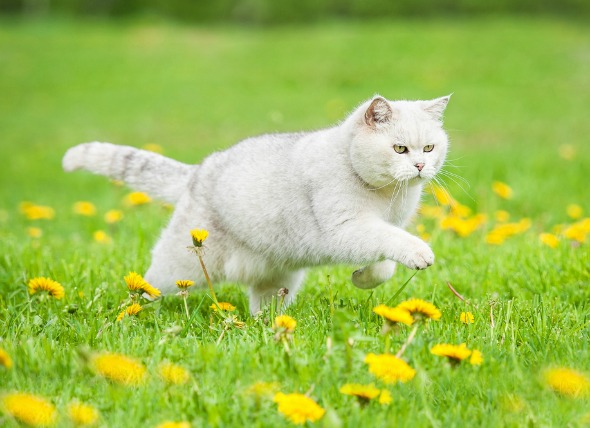 Bacterial Infection (Mycoplasma, Ureaplasma, Acoleplasma) in Cats
Mycoplasmosis in Cats
Mycoplasma, acholeplasma, a
Bacterial Infection (Mycoplasma, Ureaplasma, Acoleplasma) in Cats
Mycoplasmosis in Cats
Mycoplasma, acholeplasma, a
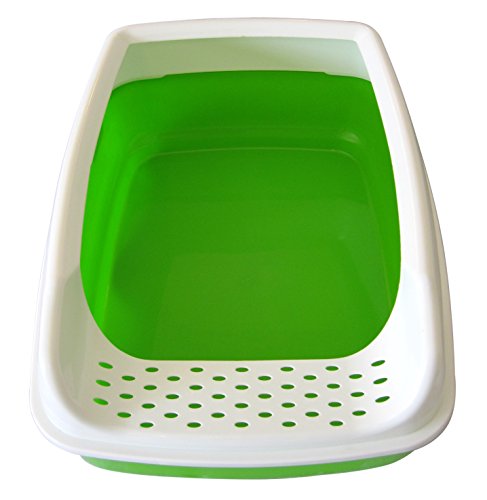 How to Stop Cat Litter Tray Avoidance
Cat litter is probably about
How to Stop Cat Litter Tray Avoidance
Cat litter is probably about
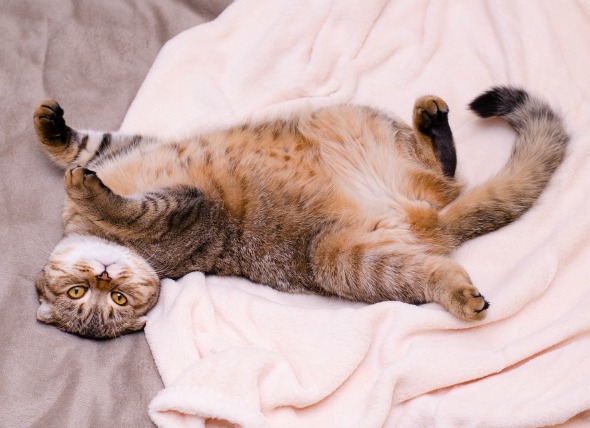 Painful Abdomen in Cats
Peritonitis in Cats
Acute pain in the abdomen due
Painful Abdomen in Cats
Peritonitis in Cats
Acute pain in the abdomen due
Copyright © 2005-2016 Pet Information All Rights Reserved
Contact us: www162date@outlook.com